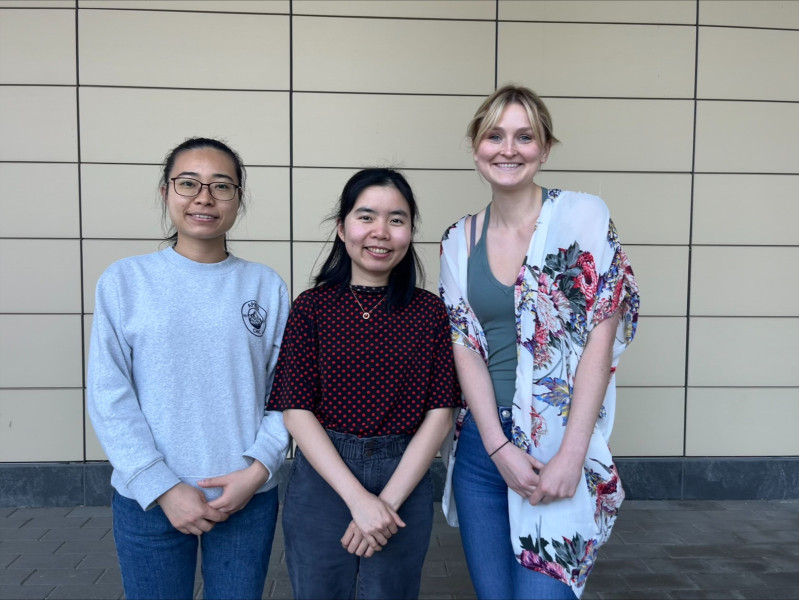Chemists have developed a novel way to generate a variety of highly useful chemical building blocks by harnessing metal carbenes, suggests new research.
Typically used in chemical reactions essential for drug synthesis and materials development, carbenes are short-lived, highly reactive carbon atoms. In the lab, this can make carbenes especially tricky to create, as methods to form them are limited and often hazardous.
Now, for the first time, an approach discovered by researchers at The Ohio State University has made producing these metal carbenes much easier, said David Nagib, co-author of the study, a distinguished professor in arts and sciences and a professor of chemistry and biochemistry at The Ohio State University,
"Our goal all along was to determine if we could come up with new methods of accessing carbenes that others hadn't found before," he said. "Because if you could harness them in a milder catalytic way, you could reach new reactivity, which is essentially what we did."
Researchers came upon this carbene-crafting method by using iron as a metal catalyst and then combining it with chlorine-based molecules that easily generate free radicals. Together, these ingredients worked to form the carbene of their choice, including many that had never been made before. Then, to create a chemical reaction, these carbenes quickly attach to another molecule in a strained bond to form a cyclopropane, which is shaped like a triangle.
These three-sided molecular fragments are vital to the synthesis of medicines and agrichemicals, in part due to their small size and unusual energy. But while there are many ways to synthesize this shape, which is one of the most common found in medicines, this team's work was inspired by looking for the best ways to create them.

"Our lab is obsessed with trying to get the best methods for making cyclopropanes out there as soon as possible," said Nagib. "We have the eye on the prize of inventing better tools to make better medicines, and along the way, we've solved a huge problem in the carbene world."
The study was recently published in Science.
In decoding one of chemistry's greatest challenges, the team also found that their method works well in water, suggesting that metal carbenes might one day even be reliably created inside a living cell to discover new drug targets. According to Nagib, this new approach is about 100 times better than previous chemical tools that his lab has produced over the last decade.
"Our lab is very much a tool development lab," he said. "And to me, the way you gauge if it's valuable or interesting is if others use your tool."
The team expects their discovery to become extremely impactful because for scientists, accessing a new way of creating and classifying carbenes means that the current wasteful, multistep process of producing them can be made both simpler and safer. For consumers, this method suggests that future drugs developed by this technology may be cheaper, more potent, faster-acting, and longer-lasting.
The work could prevent shortages of important medicines like antibiotics and antidepressants, as well as drugs that treat heart disease, COVID and HIV infections, Nagib said.
Additionally, because this team's work is so groundbreaking, they'd like to ensure this transformational organic chemistry tool is accessible to both big and small research labs and drug manufacturers around the world. One of the most effective ways to guarantee this and establish the future of their strategy is to keep improving the current technique, said Nagib.
"Our team at Ohio State came together in the coolest, most collaborative way to develop this tool," he said. "So we're going to continue racing to show how many different types of catalysts it could work on and make all kinds of challenging and valuable molecules."
Other Ohio State co-authors include Khue Nguyen, Xueling Mo, Bethany DeMuynck, Mohamed Elsayed, Jacob Garwood, Duong Ngo and Ilias Khan Rana. This work was supported by the National Science Foundation, the National Institutes of Health and the Brown Institute for Basic Science.






